Toyota Tarago (Previa/Estima) 1991 1995 Haynes Service Repair Manual
Toyota Tarago (Previa) Service and Repair Manual 1991 to 1995 HaynesGet Other Toyota Tarago Repair Manuals click hereNEW softcover 328 pagesToyota Tarago (Previa in USA /Estima in Japan) 1991 - 1995 Haynes Owners Service & Repair Manual covers: All rear-wheel drive Tarago models 1991 - 1995. This is a USA manual.
|
The Toyota Tarago, also known as the Toyota Estima in Japan and the Toyota Tarago in Australia, is actually an MPV or multi-purpose car (known as a minivan in North America) produced by Toyota since 1990. The name "Previa" comes from the Italian for "preview," as Toyota saw the first Tarago as a car that would preview technologies used in future minivans. Along with the Toyota Sienna, the Tarago is the biggest minivan in Toyota's number.
The first generation, introduced in 1990, had just one moving side door for the rear passengers. It featured a unique mid-engined platform, in which the inline four cylinder gasoline-powered engine was setup almost flat (at a 75-degree angle), beneath the front seats. Installing the engine in this configuration granted moderately easy access to the spark plugs, which were located underneath a panel on the upper left-side of the vehicle, after removing the front passenger seat, the carpet, and an access panel. All engine-driven accessories, really as power, the alternator directing pump, air conditioning compressor, and radiator fan, tend to be obtainable from the front hood, driven off the front of the engine by an accessory driveshaft, and is known as the Supplemental Accessory Drive System, or "SADS." This allows for even position/rear body weight distribution, which benefits ride quality and handling. However, it additionally prevents the installation of a larger engine, while the cost could not be relayed by sharing the platform with other cars.
The first generation Tarago was 4,750 mm (187.0 in) long and 1,803 mm (71.0 in) wide. In Japan, two small versions, the Toyota Estima Lucida and Toyota Estima Emina, were produced, which were approximately 110 mm (4.3 in) narrower and 70 mm (2.8 in) shorter than the standard model. The reason for the difference between the small Lucida and Emina designs is the car taxation system in Japan, which is based on the product of length and width of the car. The smaller variants fall in to a lower tax band. The Estima Emina and Estima Lucida aran additionally available with a 2.2 litre diesel engine (3C-T and 3C-TE).
The starting generation Tarago was available in both rear- and all-wheel drive versions (called All-Trac) and powered by a 135 hp (101 kW) JIS (99 kW) 4-cylinder 2.4-litre fuel injection engine. Available with a 4-speed automatic or 5-speed manual gearbox, this Tarago also seated seven or eight americans, with three seating designs offered (North The united states exclusively was given the seven passenger designs, however). All configurations have a driver and front passenger seat forward, and a three-seat bench seat at the back that splits and folds flat against the sides of the cabin. The 8-seat configuration contains a 2/1 split swiveling bench seat in the middle row, while the 7-seat designs contain either two independently swiveling captain's chairs (referred to as "Quad Seating"), in the middle row or a two seat bench offset towards the driver's side. The third row is actually additionally better upholstered in the 7-seat version. It had been available with either 4-wheel disc brakes or traditional front disc/rear drum brake setup, with Anti-Lock Brakes (ABS) as an choice.
In Australia, the Tarago (Previa and Estima in New Zealand) was offered in GL/GLI, GLS, and GLX forms with 7-8 passenger seating from 1991- current designs In addition to the Australian marketplace, there were various special edition models available, which varied in trim levels. These consist of the RV (either 5-speed manual or 4-speed automatic with 4WD), commemorative Rugby World Cup editions and Getaway. Feature-wise, all of the special edition designs tend to be marketed between the base GLI and GLX designs.
Whenever the later-style update designs were revealed in the top, Australia of the line GLS model was renamed "Ultima" and the Getaway became a mainstay trim amount, being renamed Getaway II.The 5-speed manual Previas (North United states designs) were created from 1991 through 1993; none of these has a supercharger.Launching in 1992, Previas (North American models) came with a driver's side air bag and third brake-light with dual airbags becoming standard on 1994–97 models.1992–1997 North American Previa models additionally came with a swivel feature on the elective middle-row captain's chairs; the 1991 had fixed optional captain's chairs.
Available on Taragos outside the U.S., had been an ice-maker/refrigerator that doubled as a beverage heater called the Hot/Cool Box.The supercharged engine is countless from the normally aspirated engine, owing to a slight decrease in compression ratio. The supercharger is actually involved on-demand by an electromagnetic clutch, based on input from the engine management system computer (the Engine Control Unit, or ECU).Taragos have optional dual moonroofs: A power horizontal-sliding only glass moonroof above the center row of passengers, and a pop-up glass moonroof above the front seats.Taragos were also the first van to pass all US protection standards as pertaining to front driver, impact air bag, center-mounted brake light, ABS, daylights, etc.
Gas mileage is below average (11-13L/100 km or 18.1-21.4mpg city, 10-11L/100 km or 21.4-23.5mpg highway); the small 4-cyl engine needs to work a bit harder owing to the power to weight ratio of the vehicle, compared with today's 6-cyl engines. The addition of the supercharger slightly improves power at the expense of slightly higher fuel consumption.The Tarago gives an almost omniscient observe, excluding the pillars behind the front doors. This also turns the van into a greenhouse, accumulating extreme heat in a brief period of occasion, although solar control glass later became an choice, to assist relieve the issue.
Taragos are affectionately labeled "eggvans", "eggs", or "beans", because of their shape.In the United States, first generation Previa model variations, in order of lowest to highest price/option features, tend to be: DX, DX All-Trac, DX S/C, LE, LE All-Trac, LE S/C, LE S/C All-Trac (where S/C = Supercharged and AllTrac = 4WD)
The front motorists seat and a section of floor pan must be removed to perform a tune up because there is not enough room to remove spark plug leads or spark plugs.Whenever the Insurance Institute for Highway protection tested the 1996 model in the offset frontal crash test, it presented numerous safety problems: the cabin structure had been erratic, the directing wheel relocated upward all the way to the windshield, the lap belt tore which allowed the dummy to end up in a partially reclining position, and there had been maximum forces on both of the lower legs, in which the IIHS evaluated it "Poor".
Toyota Tarago (Previa) Service and Repair Manual 1991 to 1995 Haynes 1992 1993 1994

 0 Items (Empty)
0 Items (Empty)



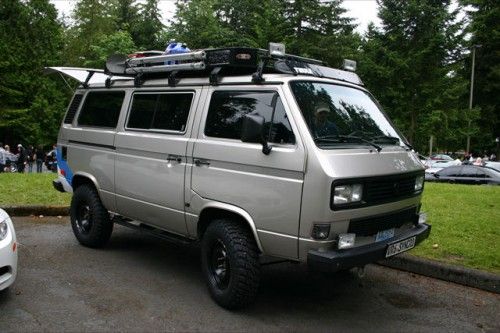
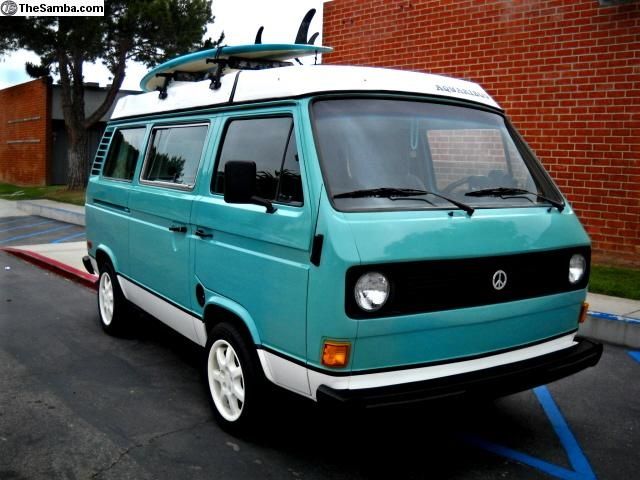
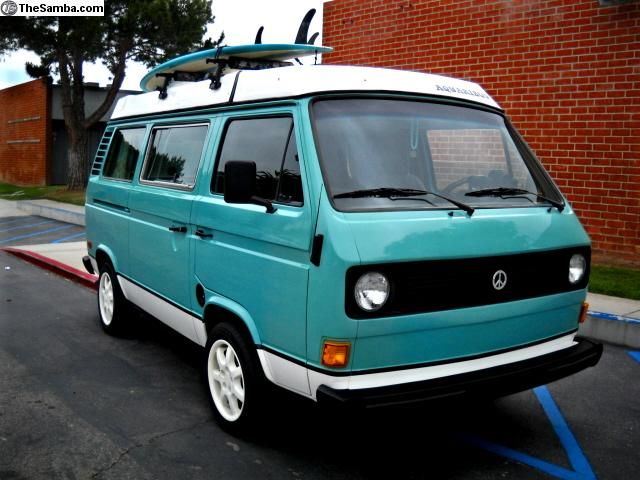

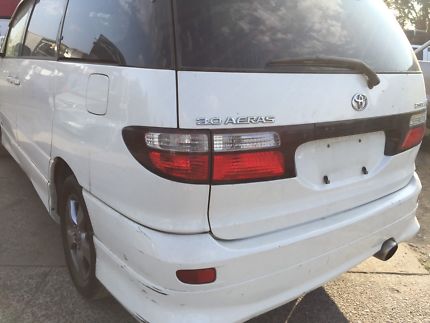
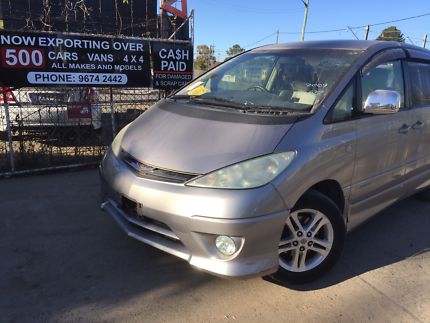
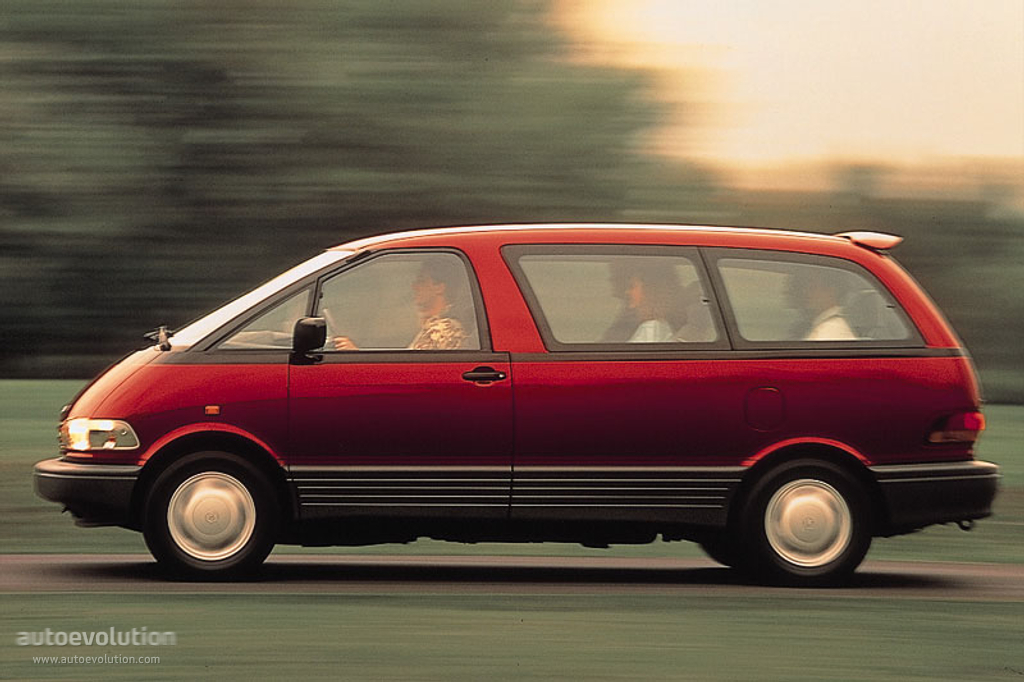
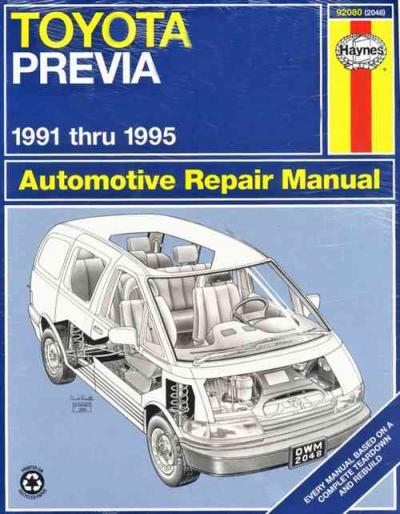
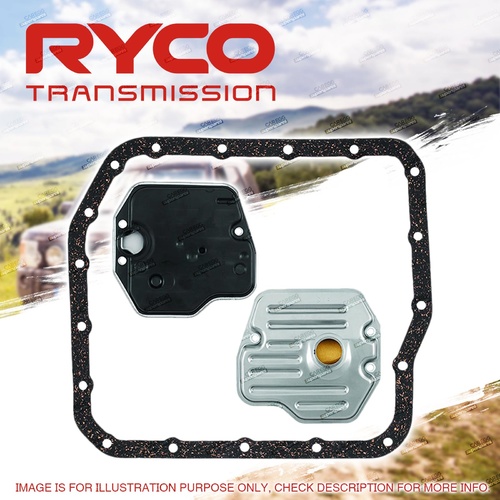
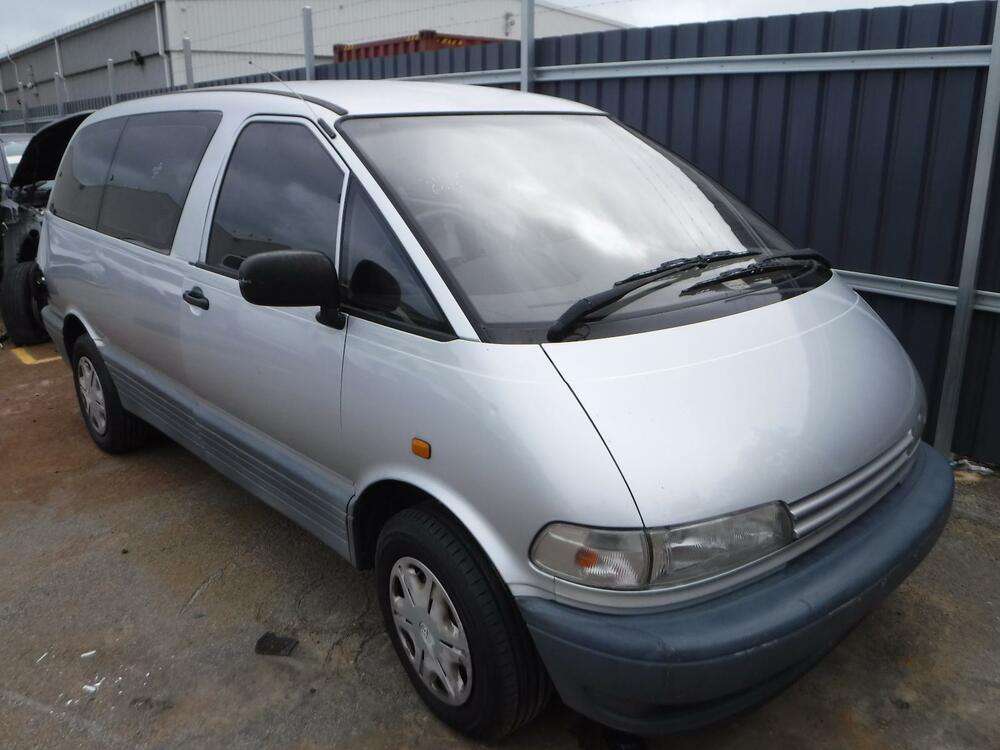
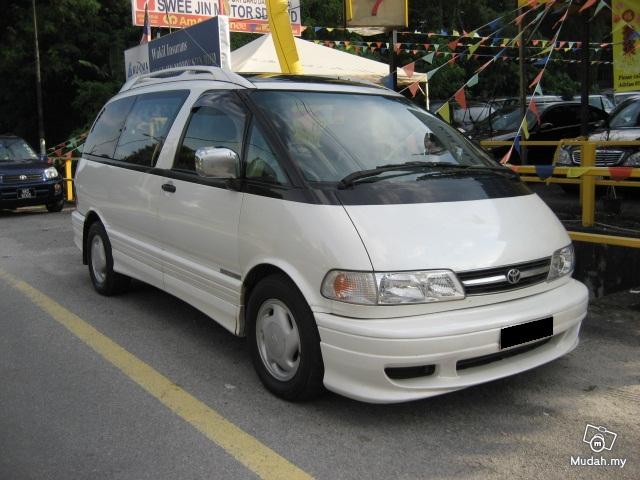
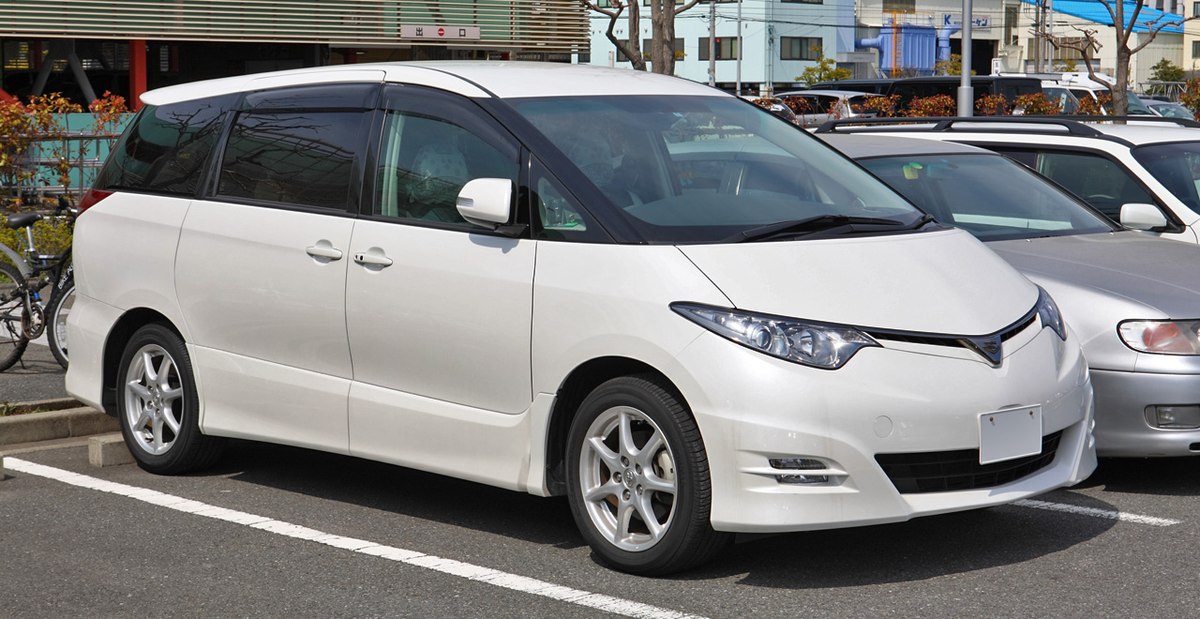 >
>